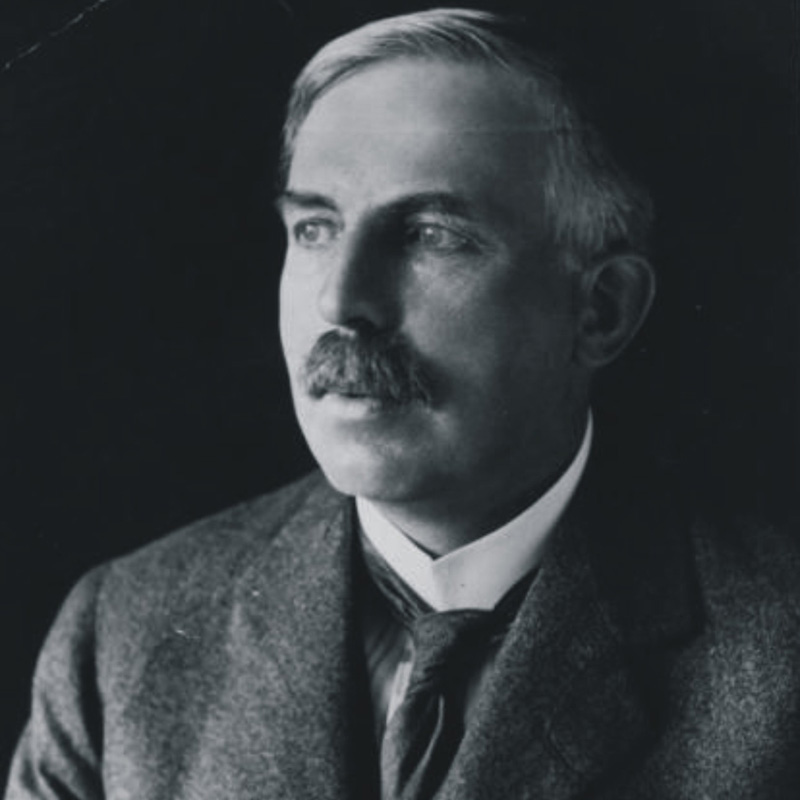Rutherfordium
104
Rf
Group
4
Period
7
Block
d
Protons
Electrons
Neutrons
104
104
157
General Properties
Atomic Number
104
Atomic Weight
[267]
Mass Number
261
Category
Transition metals
Color
n/a
Radioactive
Yes
Named after Ernest Rutherford, the physicist and chemist from New Zealand
Crystal Structure
n/a
History
Rutherfordium was reportedly first detected in 1964 at the Joint Institute of Nuclear Research at Dubna.
The element was synthesized by Albert Ghiorso, Matti Nurmia, James Andrew Harris, Kari Eskola and Pirkko Eskola in 1968 at the University of California, Berkeley.
It was produced by the bombardment of californium with carbon atoms.
The element was synthesized by Albert Ghiorso, Matti Nurmia, James Andrew Harris, Kari Eskola and Pirkko Eskola in 1968 at the University of California, Berkeley.
It was produced by the bombardment of californium with carbon atoms.
Electrons per shell
2, 8, 18, 32, 32, 10, 2
Electron Configuration
[Rn] 5f14 6d2 7s2
Rutherfordium is the first transactinide element
Physical Properties
Phase
Solid
Density
23 g/cm3
Melting Point
2373.15 K | 2100 °C | 3812 °F
Boiling Point
5773.15 K | 5500 °C | 9932 °F
Heat of Fusion
n/a
Heat of Vaporization
n/a
Specific Heat Capacity
-
Abundance in Earth's crust
n/a
Abundance in Universe
n/a

Image Credits: wal.nbed.nb.ca
The element is named after Ernest Rutherford who became known as the father of nuclear physics
CAS Number
53850-36-5
PubChem CID Number
n/a
Atomic Properties
Atomic Radius
-
Covalent Radius
157 pm
Electronegativity
-
Ionization Potential
6.011 eV
Atomic Volume
-
Thermal Conductivity
0.23 W/cm·K
Oxidation States
4
Applications
Rutherfordium is used for scientific research purposes only.
Rutherfordium is harmful due to its radioactivity
Isotopes
Stable Isotopes
-Unstable Isotopes
253Rf, 254Rf, 255Rf, 256Rf, 257Rf, 258Rf, 259Rf, 260Rf, 261Rf, 262Rf, 263Rf, 264Rf, 265Rf, 266Rf, 267Rf, 268Rf